what is sourdough?
sourdough is a type of leavened bread. a lot of the time when people make bread at home, they use instant yeast or other leavening agents to speed up the process of baking. in sourdough, the yeast is collected overtime from the environment. the baker needs only to mix two ingredients: flour and water. over the course of several days, the starter is fed using more flour and water until the yeast develops strong enough to leaven bread. then, the starter is mixed into a bread dough, proofed, and baked. proofing is the process of allowing the yeast to ferment the starches in flour using alcoholic fermentation in a warm environment, creating a significant amount of carbon dioxide. sourdough is known for its sour taste which grows stronger over time in the starter.
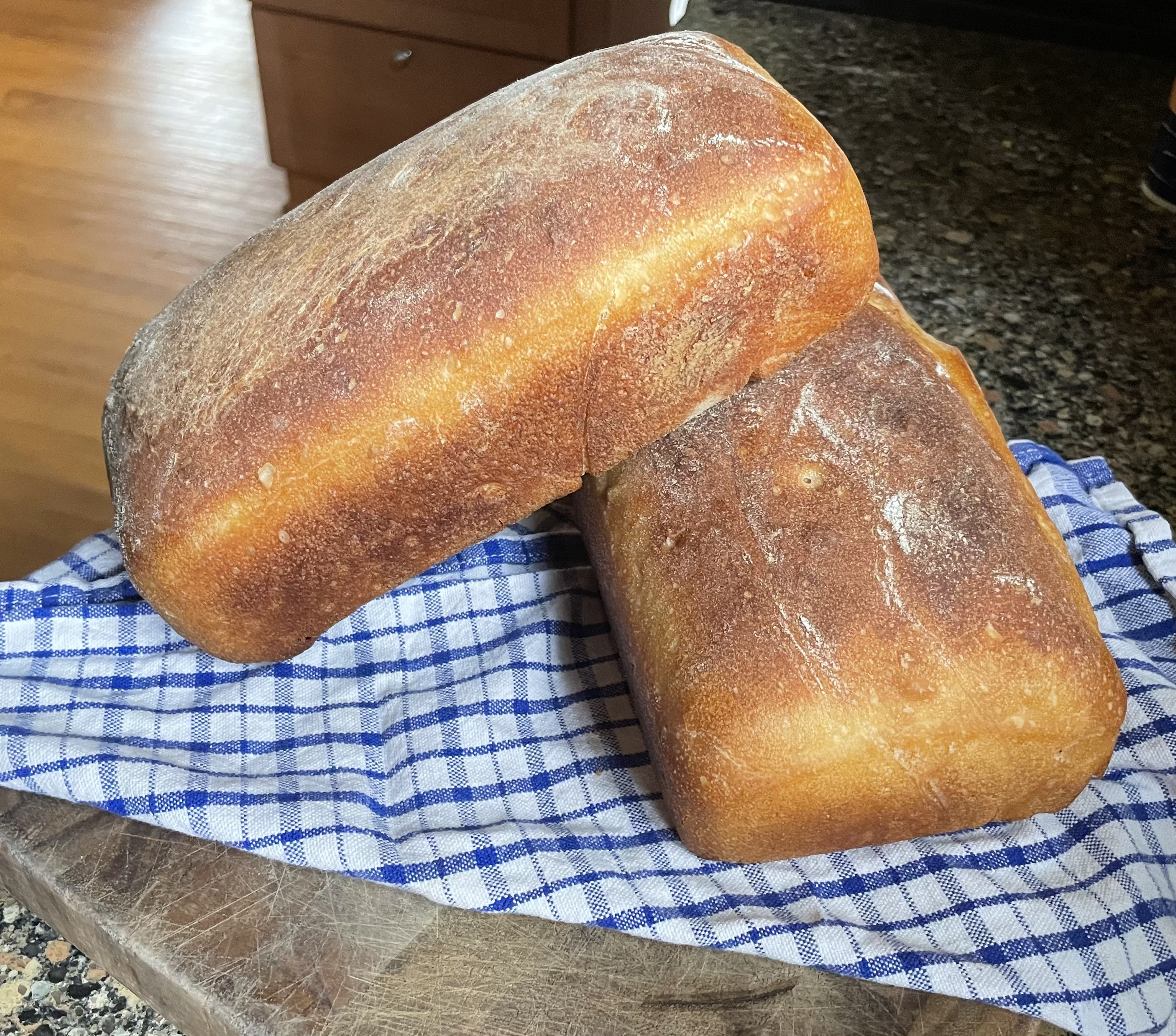
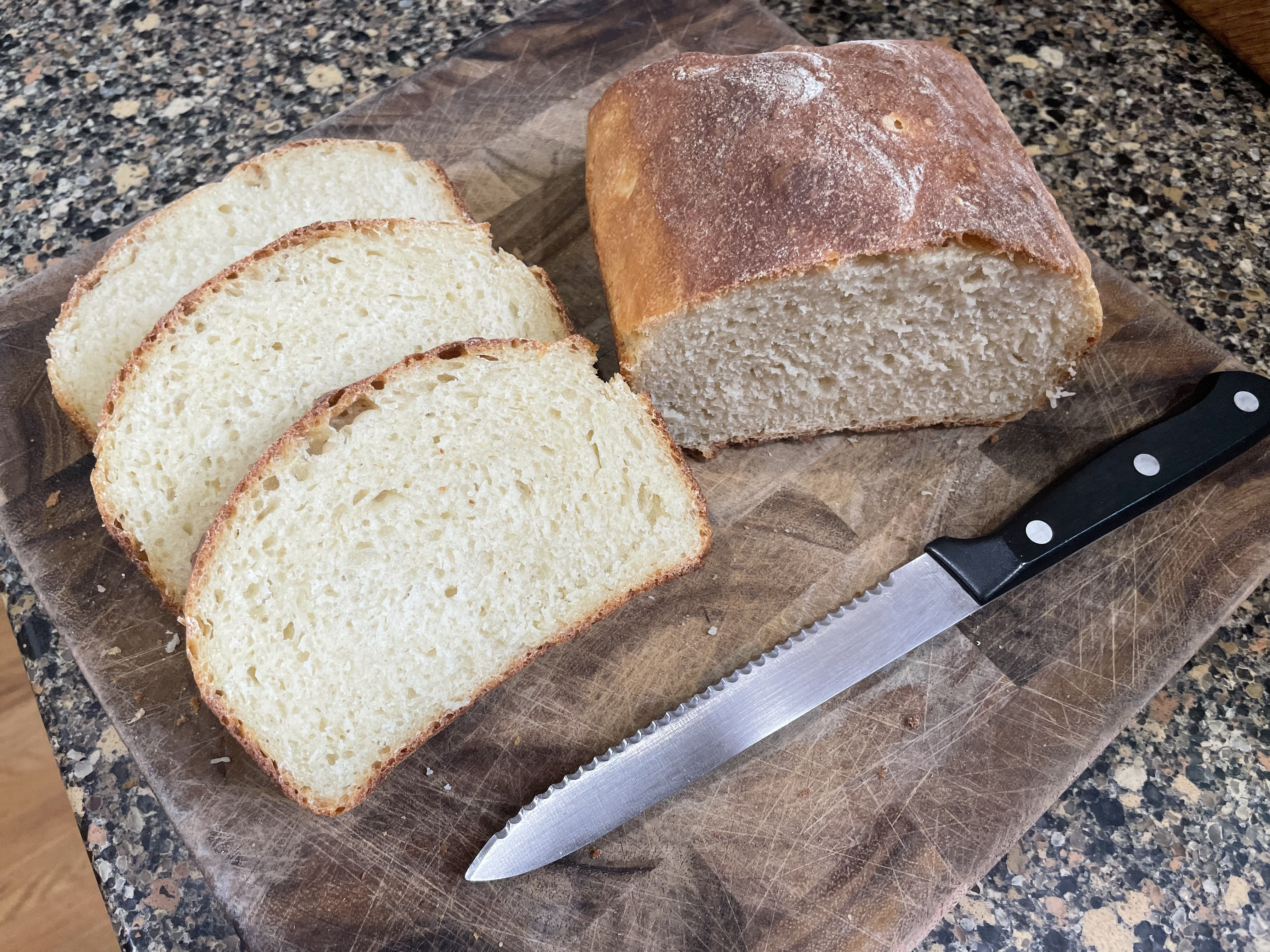
my sourdough starter
i grew my first sourdough starter, mila, several years ago. i started her in virginia before my sophomore year of university. during my sophomore year, in massachusetts, her flavour changed a lot with the different yeast species in the air. unfortunately, i had to get rid of her during a turbulent period of moving when she would have overgrown the space i had for her. at the time, i hadn't planned ahead enough to transfer her to a new container or dry her for transport. my new starter, which was born on 2024/08/07, is named mila the second because she was born in the same massachusetts air that mila (the first) matured in. i hope to take her elsewhere to mature.
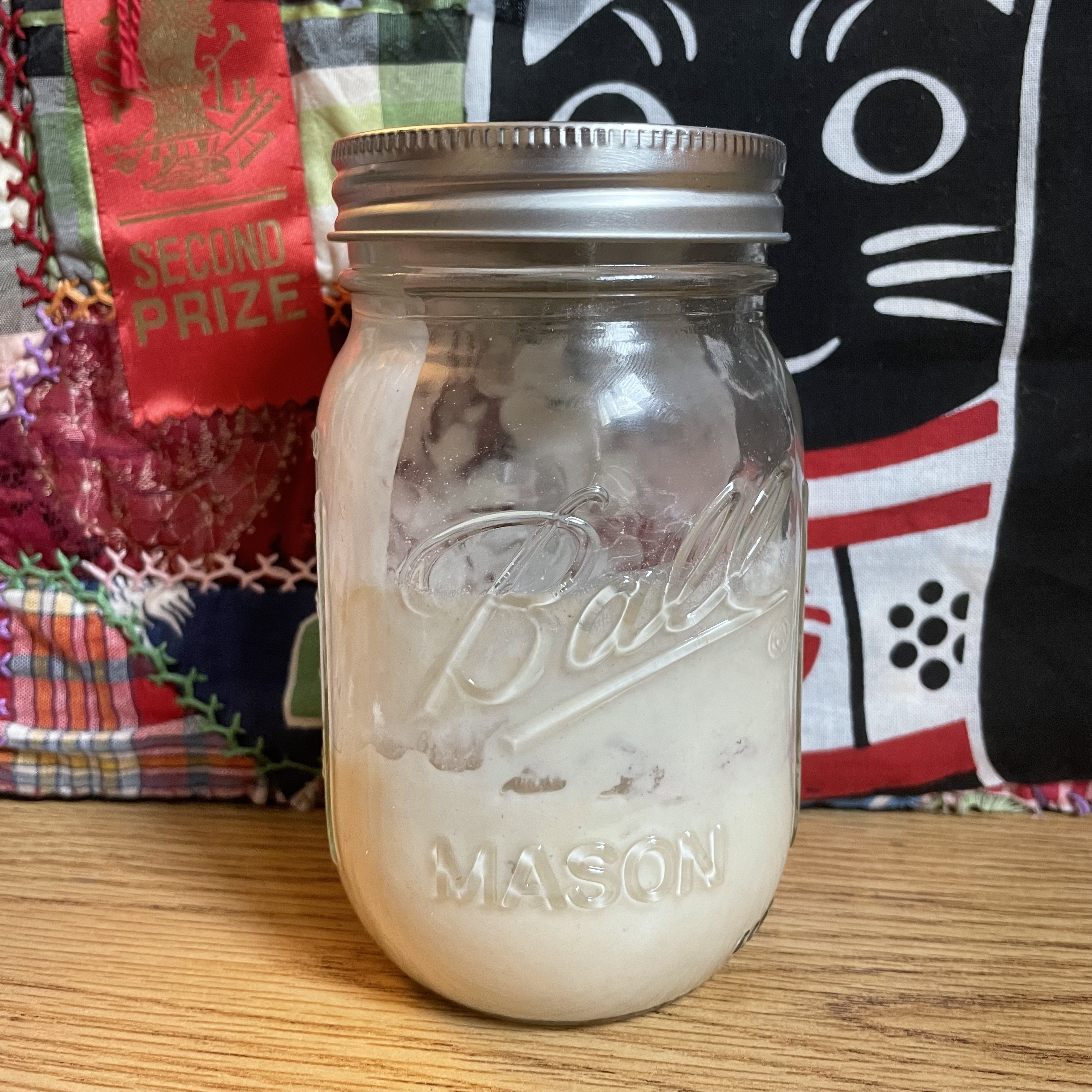
making your own sourdough starter

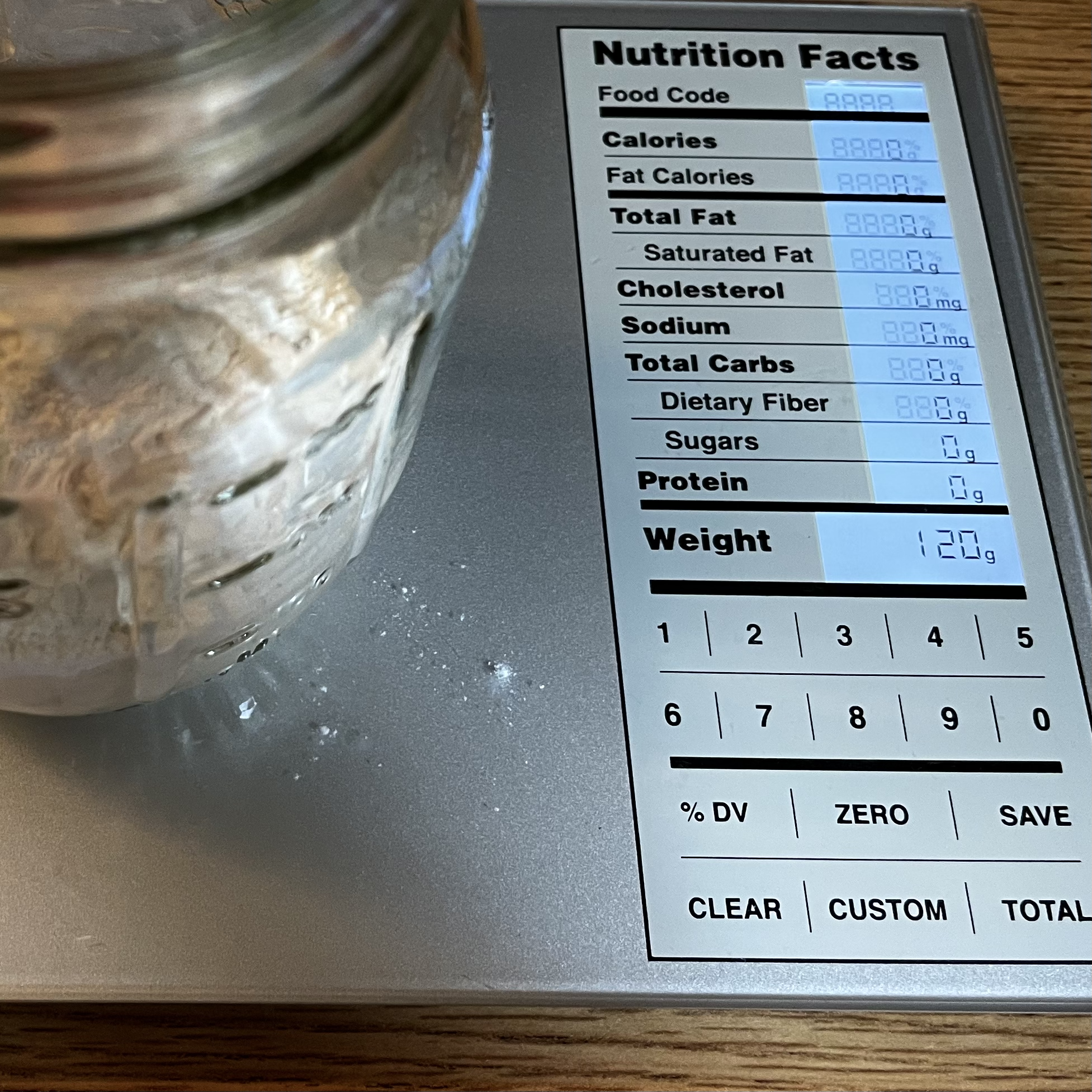
day 1: mix one parts flour with one part water, stir, place in a jar or bowl, and allow to rest for 24 hours. make sure to cover the jar or bowl and keep it in a warm place, ideally between 78-85 degrees farenheit (25.5-29.4 degrees celcius). also make sure that your container is large enough to allow the starter room to grow.
day 2: discard 3/4 of the starter. mix what is left with equal water and flour. allow to rest for 24 hours.
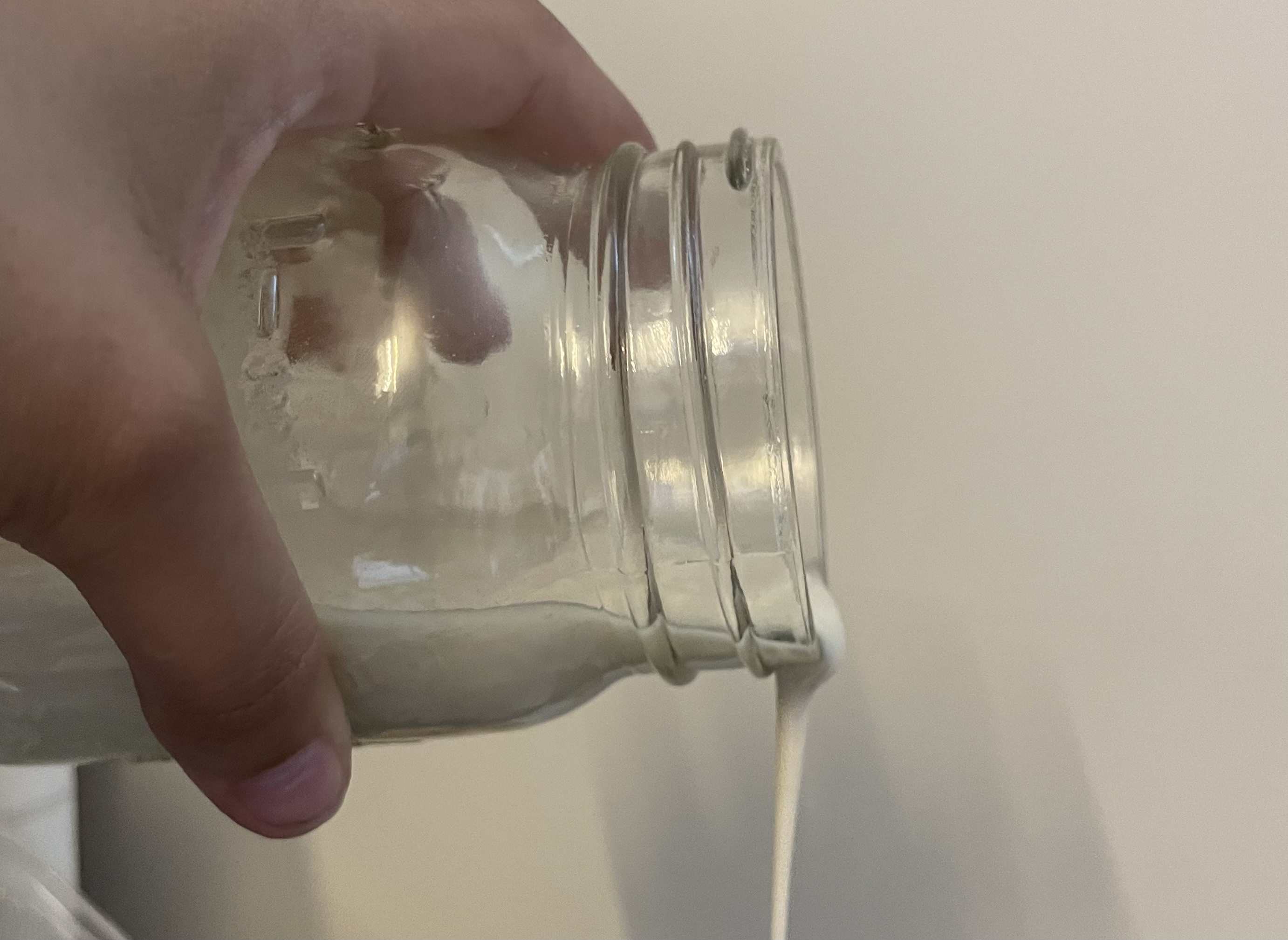
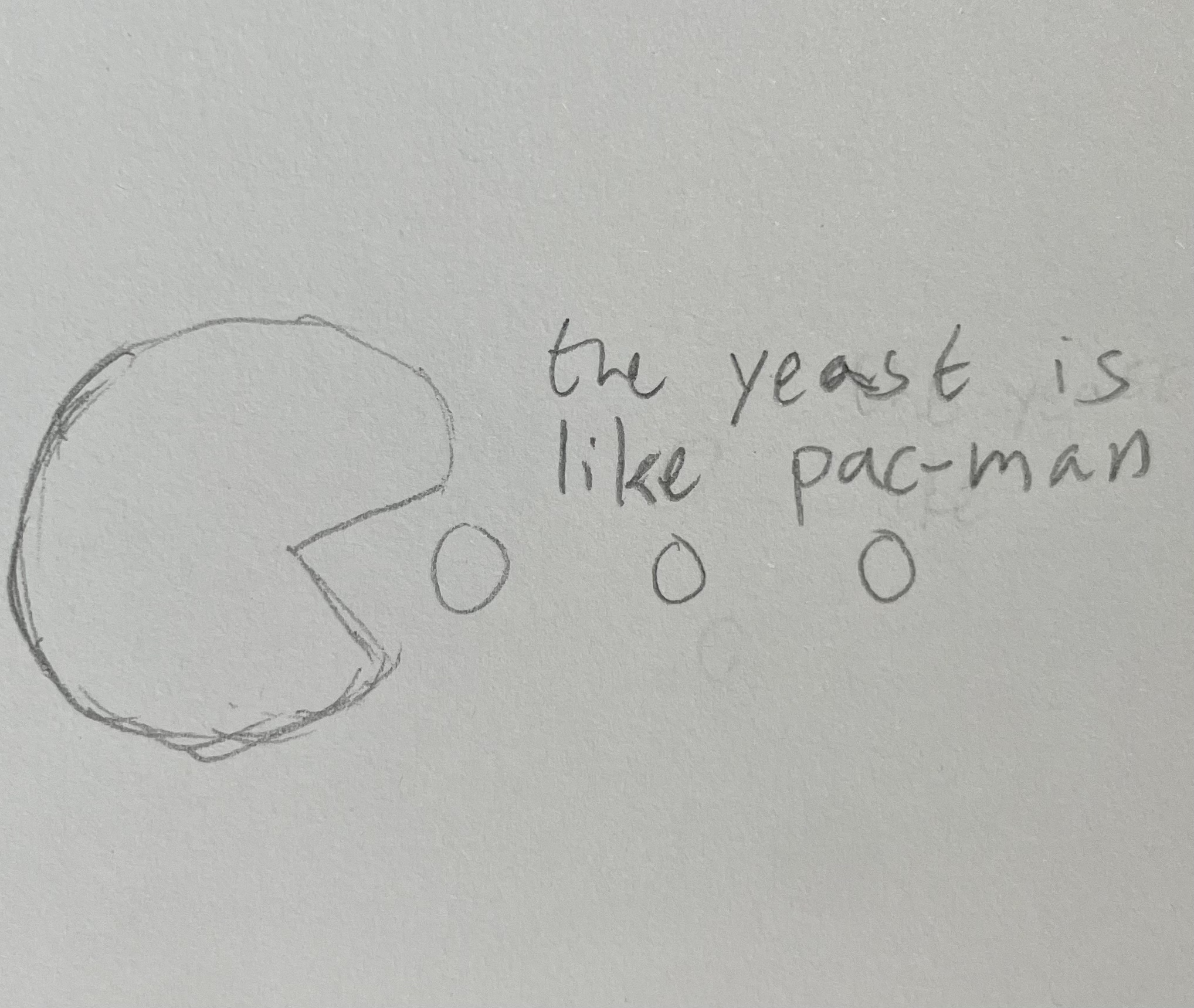
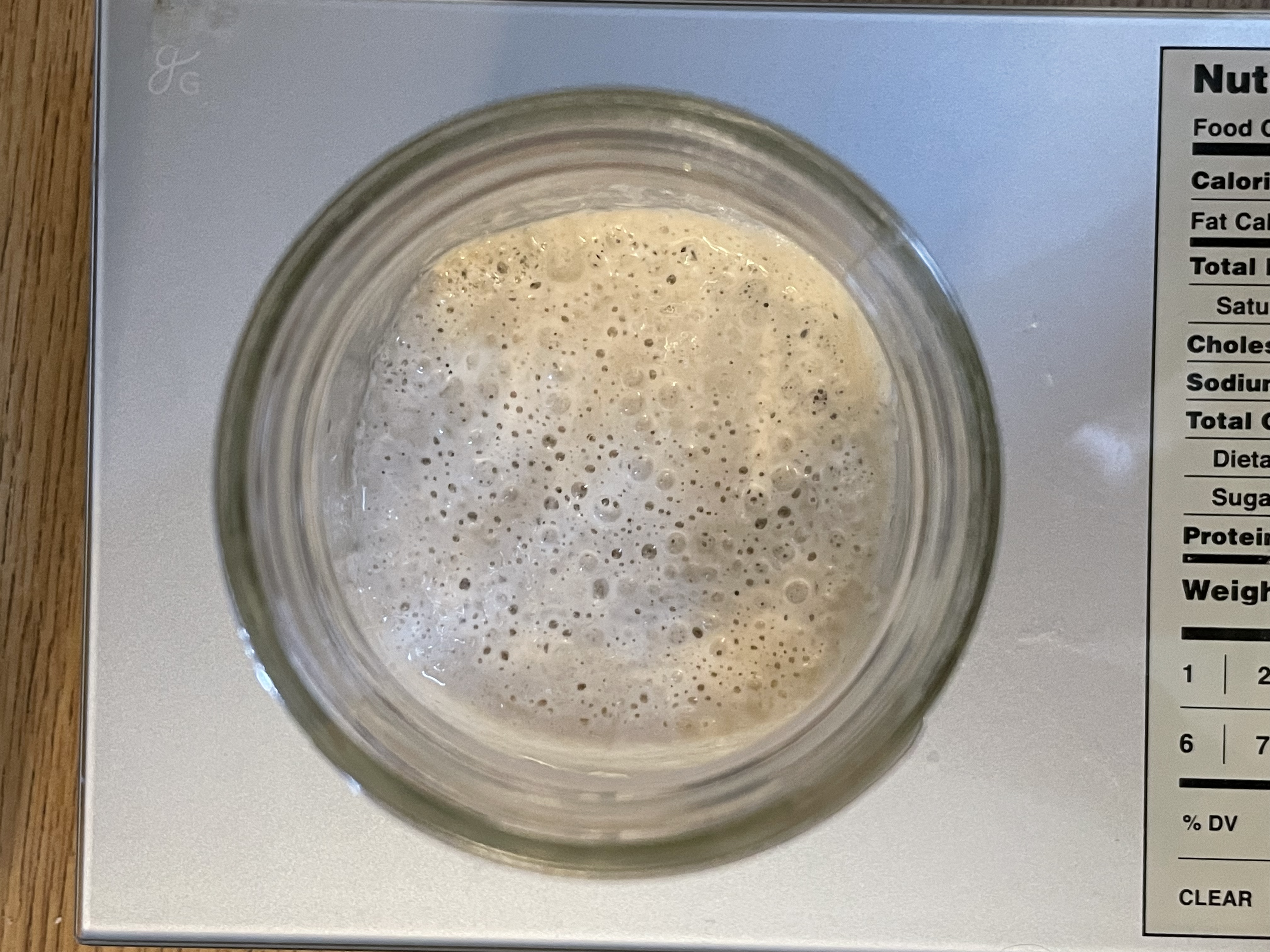

day 3-7: repeat day 2. by day 4, your starter should be producing some bubbles (if wet) or growing (if dry), a sign that the yeast is developing significantly. if not, don't freak out! your environment may be cold. try moving your starter to a slightly warm environment, or just give it a few more days.
day 8+: to increase weight, mix total starter with equal water and equal parts flour.
for dry starter, change ratios to one part starter, two parts flour, and one part water.
worried about a strange look, smell, or that your starter might be dead? read this.
for sandwich loaves, try out this recipe from the clever carrot.
to use up your discard, check out these ideas from king arthur baking.
my thoughts on symbiosis and sourdough
some symbiotic relationships betweens humans and the world around us are fairly easy to recognise. we have mutualistic relationships with our pets, with some species of bees, and the bacteria that colonise our intenstines (unless you have IBS... sorry about that). we farm animals for milk, eggs, and meat. but often, these relationships exist far away from home, or at such a microscopic level that we fail to acknowledge them.
following the growth of a sourdough starter is one way that i like to bring that symbiosis to the forefront of my mind and intentionally appreciate nature. each day when i feed my starter, i can smell the acid that the lactic acid bacteria have produced, see the bubbles from the yeast, and when i decide to bake, i can watch as the size of my dough doubles overnight. taking a moment to remember that there are dozens of different species of yeast and lactic acid bacteria that allow sourdough starter to develop and billions of individual yeast cells in the colony is an important part of the baking process for me.
although by the time i bake them, the original yeast have long since died, it's important to me to acknowledge the many offspring that i am killing in the baking process. as a species, and especially in countries like the united states, we tend to be very disconnected from everything that is giving up life to be our food. since i can't easily go live on a farm, i take what i can get from the up-close awareness that my sourdough gives me.